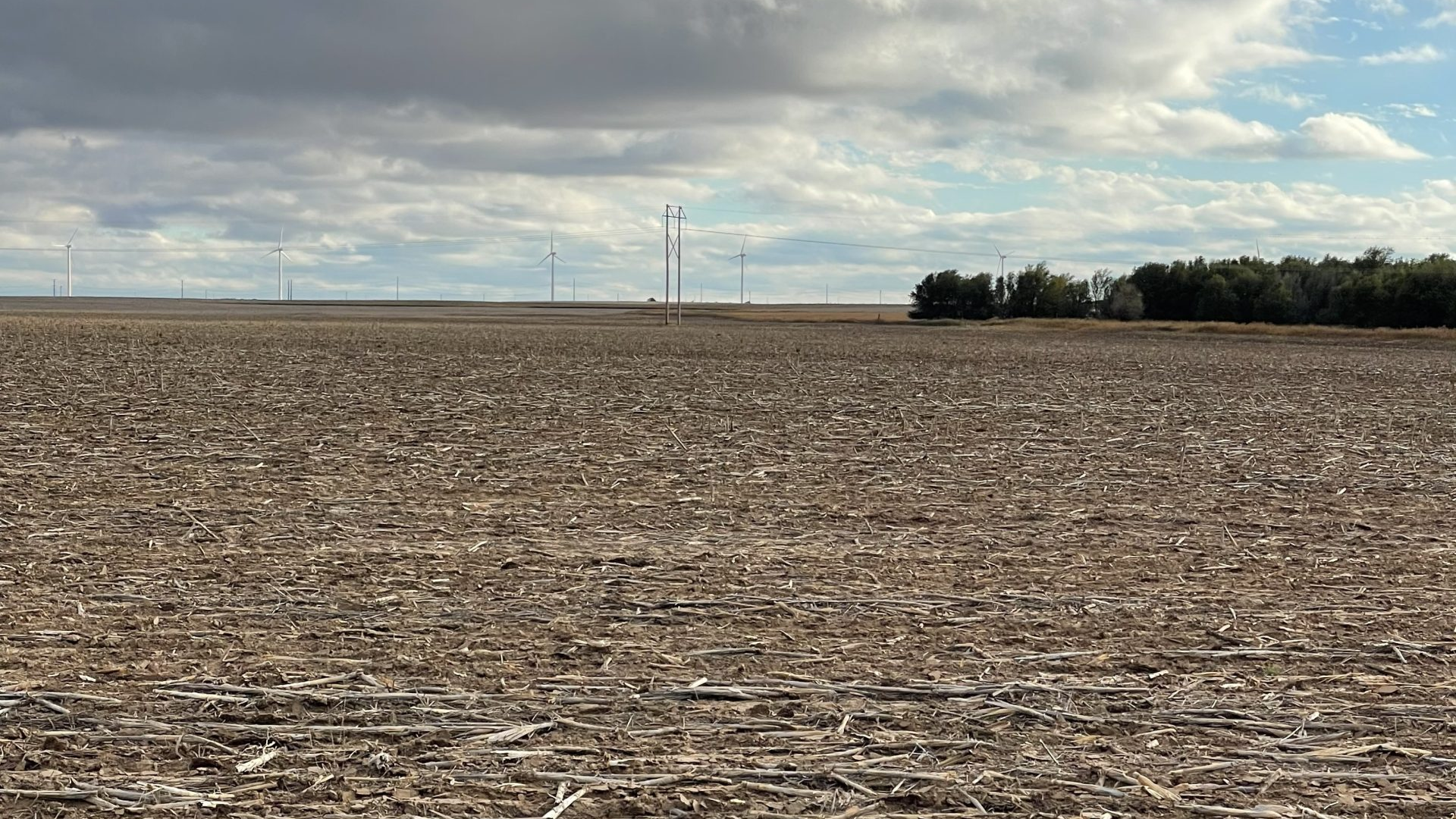By Vance Ehmke

Will the Ogallala go the way of the buffalo?
The thing that very nearly led to the extinction of an entire species, the American Bison, was what they call, “The Tragedy of the Commons.” In other words, the 19th century Americans saw the bison as owned by everybody but owned by no one.
And the parallels between how we saw the bison then and how we see the Ogallala aquifer now are striking and ominous.
If you turn back the clock to the years of 1871 to 1874, the western Kansas bison herd was virtually annihilated in that 4-year period by hunters anxious to satisfy the lucrative hide market back East. This was a classic example of “The Tragedy of the Commons”—individuals consuming a resource at the expense of society. By the 1900s, only 500 bison were left out of the 20 million head that used to graze in the Great Plains.
The “tragedy” concept was made popular by American ecologist Garrett Hardin. In explaining the idea, he used the example of ranchers grazing their cattle on a common field. When the field is not over capacity, ranchers may graze their animals with few limitations. But the rational rancher will want to add livestock to increase profits. By thinking logically, not collectively, the rancher benefits. But the costs are shared. The tragedy is that ultimately no rancher will be able to use the field due to overgrazing.
Kansas State University researchers led by irrigation engineer Jonathan Aguilar, Garden City Experiment Station, says in trying to better understand perceptions regarding Ogallala use they surveyed 8,000 producers in Kansas, Colorado, Nebraska, New Mexico, Texas and Oklahoma—states overlying the Ogallala.
Read more at the High Plains Journal.

